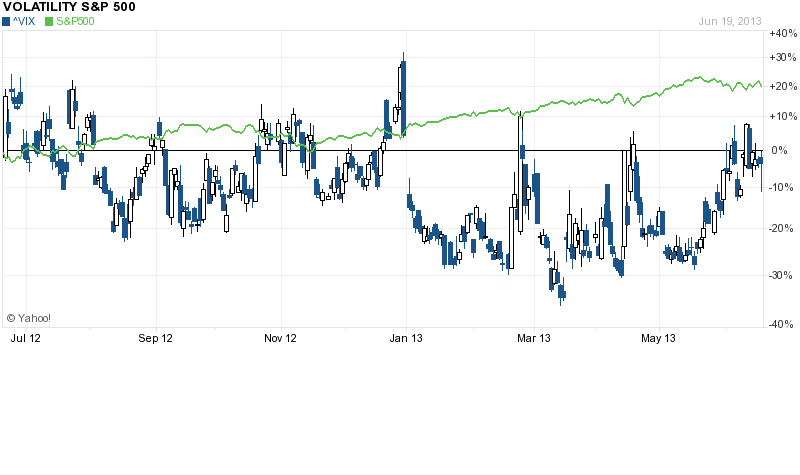“PARIS (AP) — France is giving Google three months to be more upfront about the data it collects from users — or be fined. Other European countries aren’t far behind.
Now it’s up to Google to decide whether the relatively small fines are enough of an incentive to rethink its privacy rules — the Internet giant risks a €300,000 euro ($402,180) penalty in France.
Europe’s a big market, but one where Google has no serious competition.
However, the company does have a reputation problem when it comes to protecting user privacy. Thursday’s legal action puts new pressure on Google, which is smarting from criticism over providing customer data to the U.S. government as part of its fight against foreign terrorists.
The French agency that regulates information technology says that five other European countries are taking similar steps in a staggered offensive against Google’s privacy policy between now and the end of July. It says Google largely ignored earlier recommendations from European regulators.
The French National Commission on Computing and Freedom, known as CNIL, says Spain joined France in the first wave of legal action Thursday, and that Britain, Germany, Italy and the Netherlands will join in the coming weeks.
The legal action accelerates a long-running European fight against Google over privacy, which is more rigorously protected in many European countries than in Google’s homeland, the United States.
A spokesman for Google said Thursday that it believes its privacy practices respect European laws.
“We have engaged fully with the authorities involved throughout this process, and we’ll continue to do so going forward,” said Al Verney.
Paris’ formal warning gives the company three months to make changes to its privacy practices. They include specifying to users what it is using personal data for, and how long it’s held.
Regulators also want Google to let users opt out of having their data centralized — for example, when data from online searches, Gmail and YouTube are crunched into a single location.
If not, Google risks a fine of up to 300,000 euros by France, which could eventually mean millions of euros in penalties across all six countries. By comparison, Google’s revenues were $14 billion in the first quarter of this year, much of that from advertising — which is boosted by the Internet giant’s ability to target users based on what they read, watch and buy online….”
Full article
Comments »





